Category: Campus
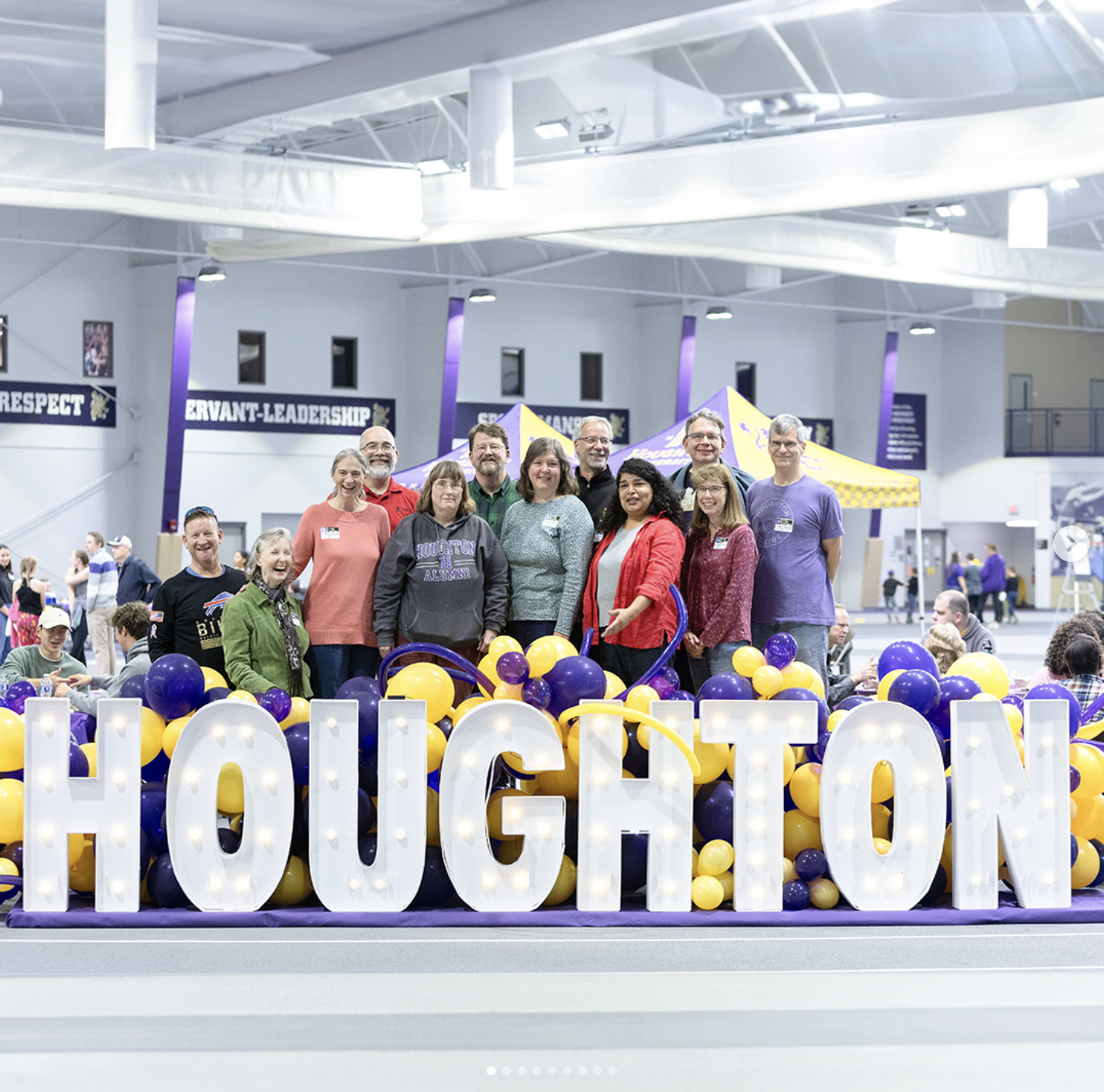
Homecoming is Upon US!
By Abigail Hoover ('27) It’s that time of the year again Highlanders! This weekend is Homecoming, when students can look…
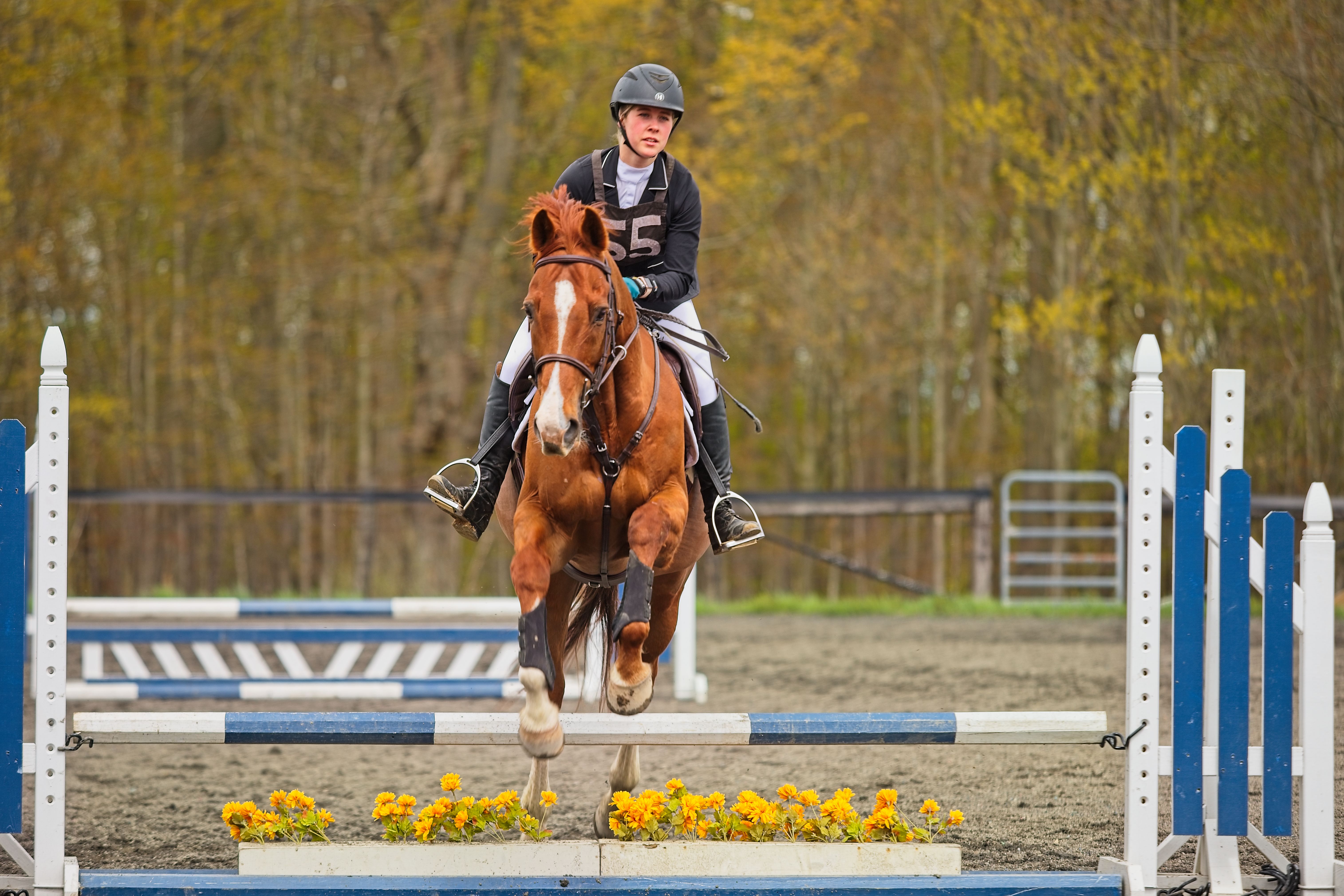
Equestrian Show!
By Sadie Nakamura ('26) Houghton University’s Equestrian Program is hosting a riding competition this Saturday at the school’s Equestrian Center…
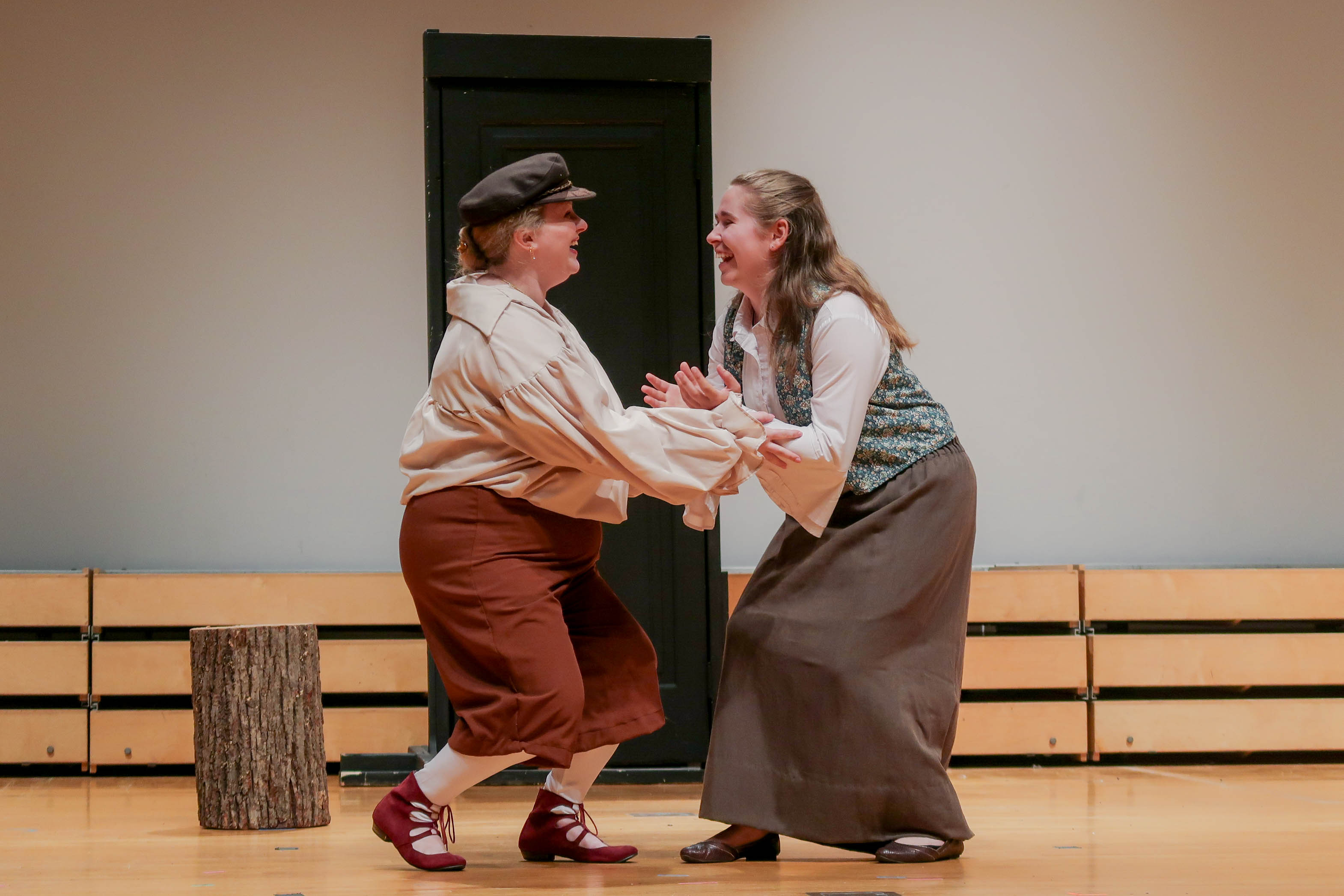
An Evening of Opera and Shakespeare
By Abigail Bates ('26) Houghton University’s Lyric Theatre will perform “An Evening of Opera and Shakespeare” in the CFA Recital…
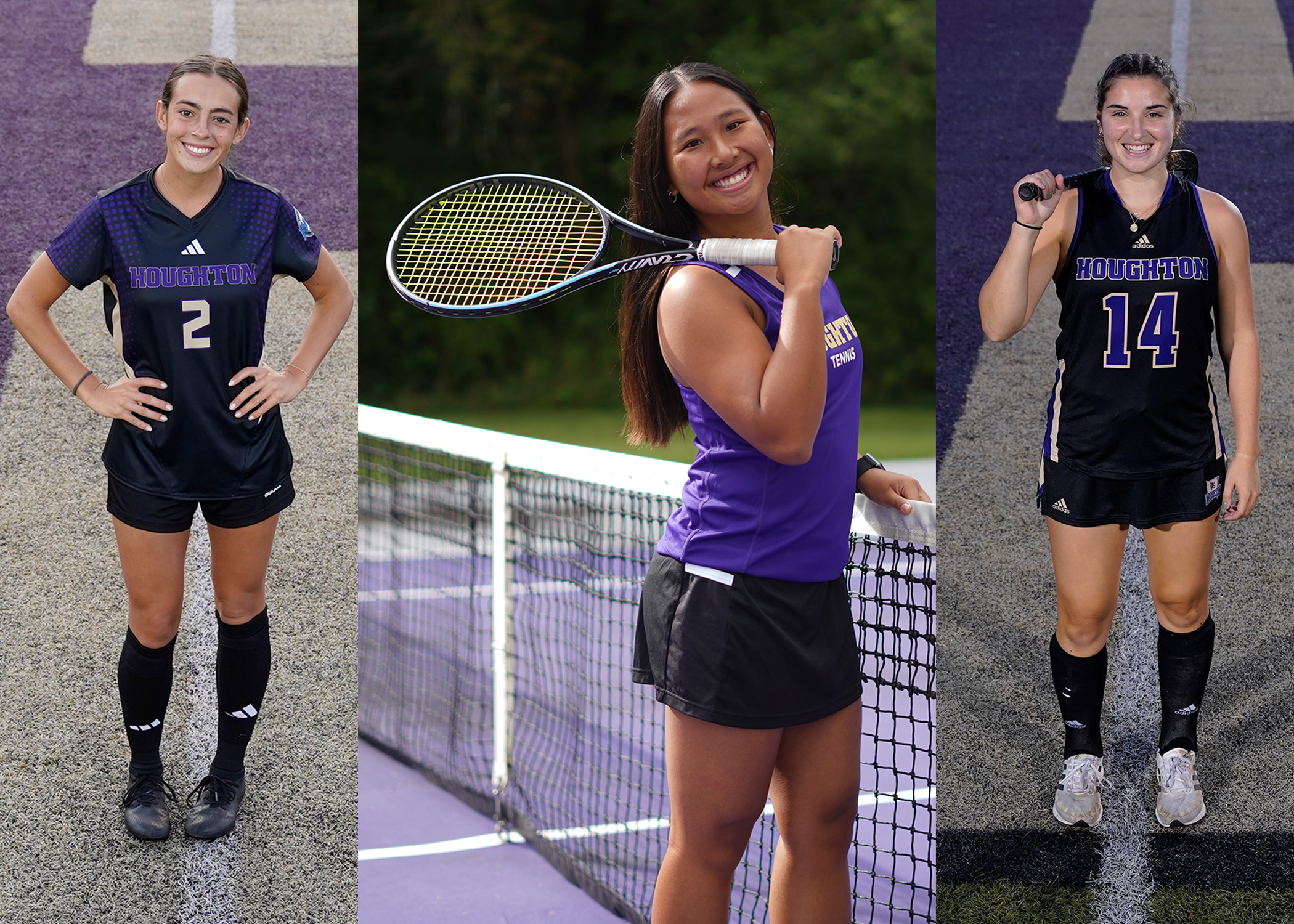
Women’s Athletics
By Anna Huizenga ('26) This upcoming Saturday, three Houghton athletic teams will be up against Russell Sage College, Hartwick College…
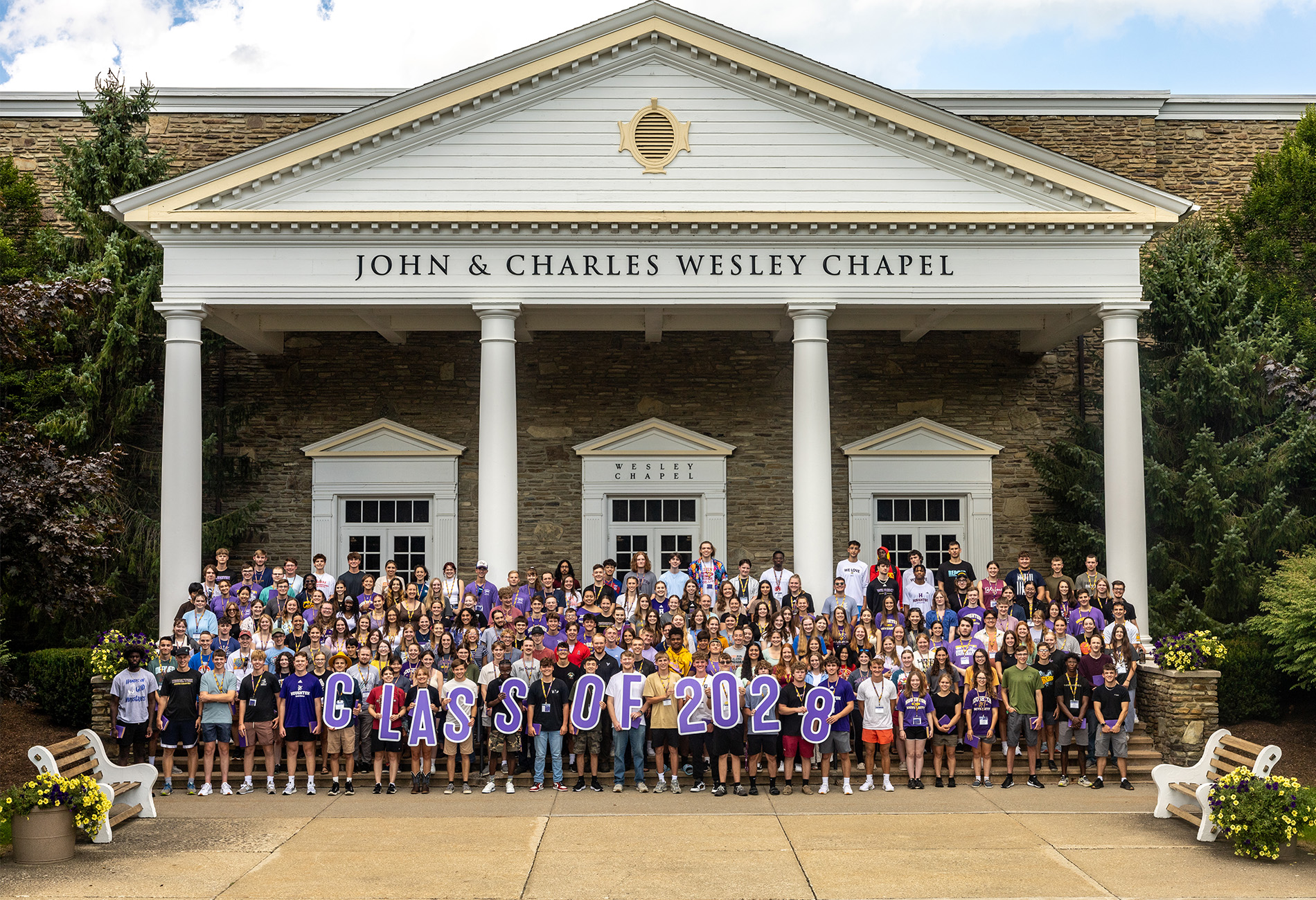
Freshmen 2028
By Rethy Armes ('26) Each year the number of enrolled students has increased here at Houghton University. Houghton is founded…
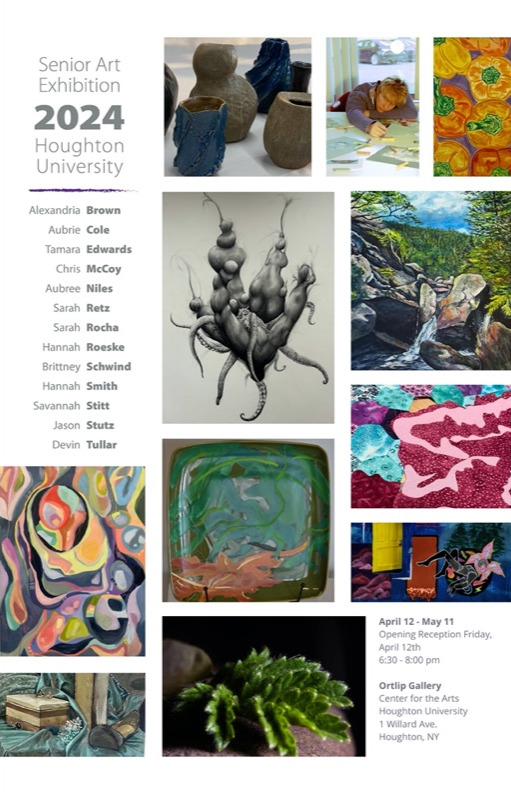
The Senior Art Show
By Rebecca Dailey ('25) This Friday, on April 12, the 2024 Senior Art Show will open in the Ortlip Gallery…
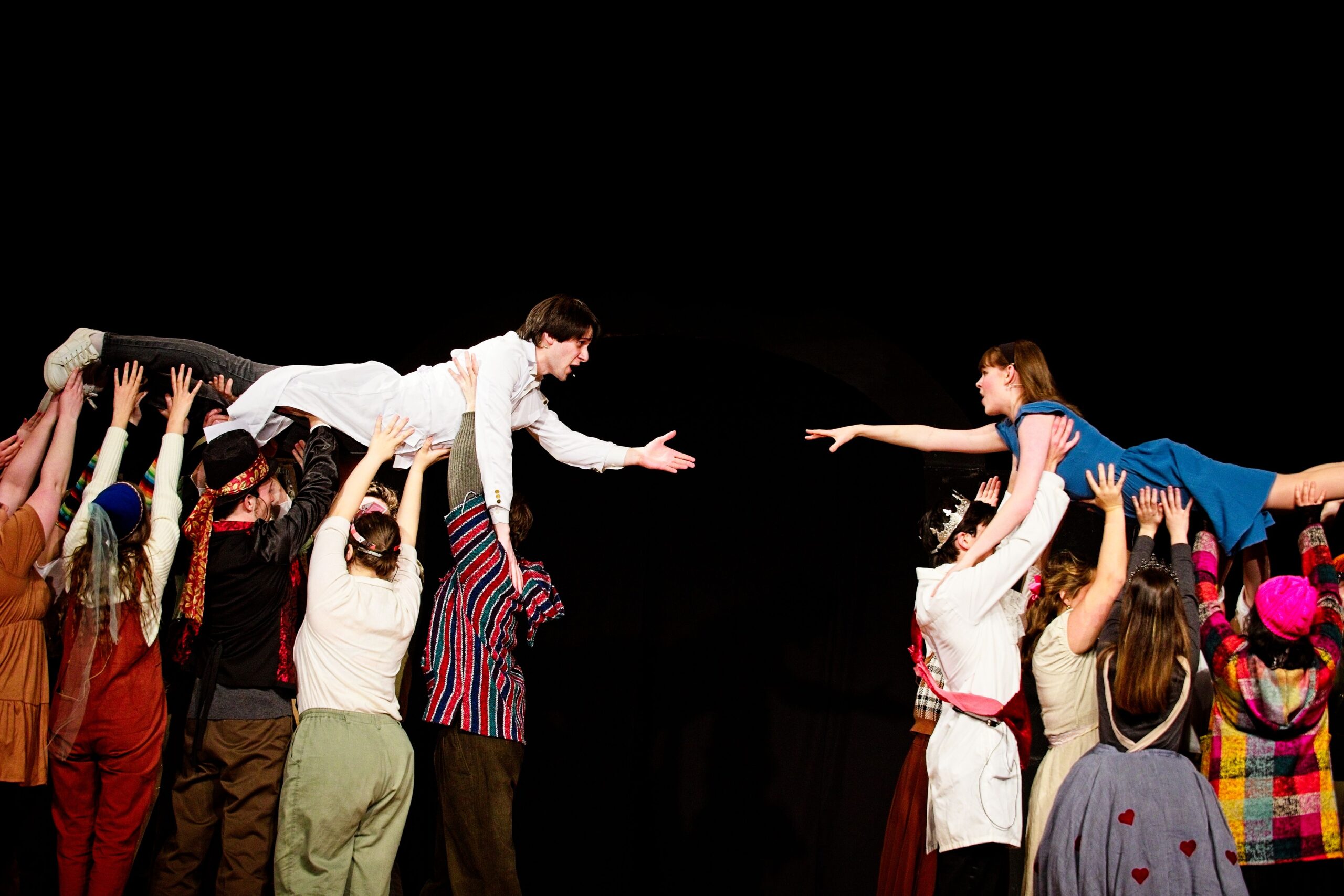
Alice by Heart
By Jiana Martin ('26) On Friday, March 22 at 7:30 p.m. the Lyric Theatre will hold its second of three…
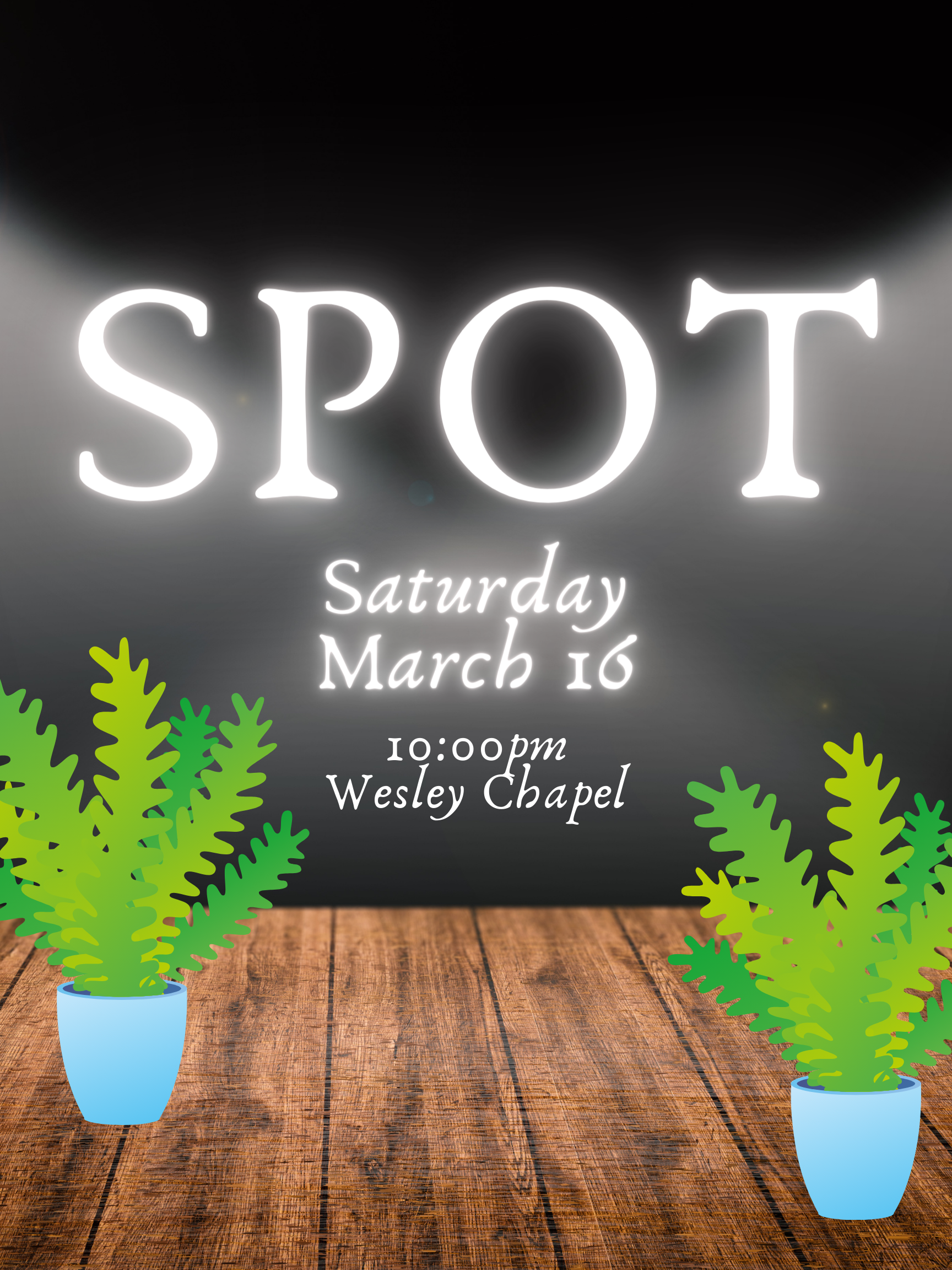
SPOT Returns!
By Joey Schunemann ('23) In the Fall of 2021, SPOT was teetering on the edge. On a post-COVID campus that…
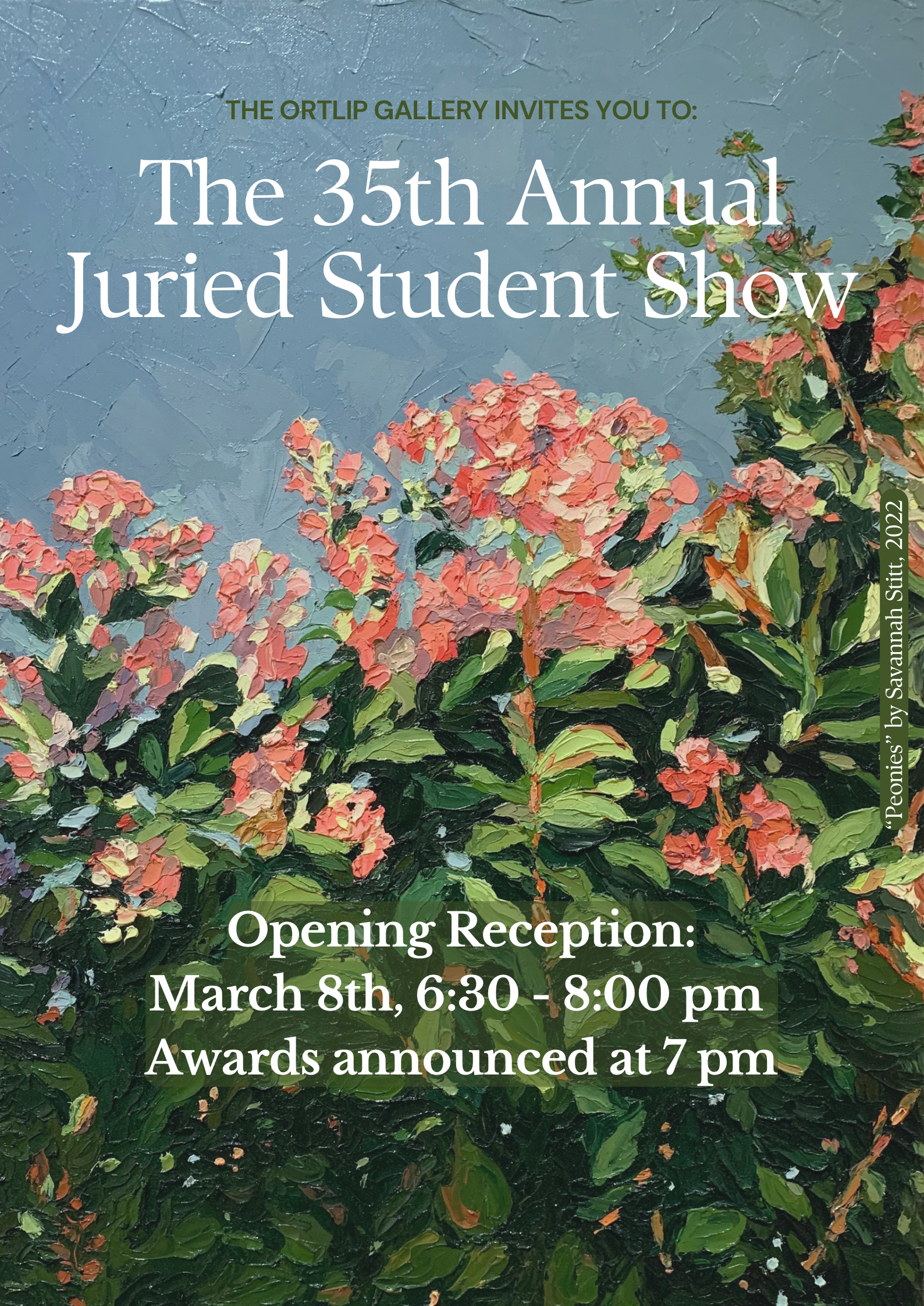
The 35th Annual Juried Student Show
By Rebecca Dailey ('25) The 35th Annual Juried Student Show Exhibition will open on March 8, 2024 in the Ortlip…
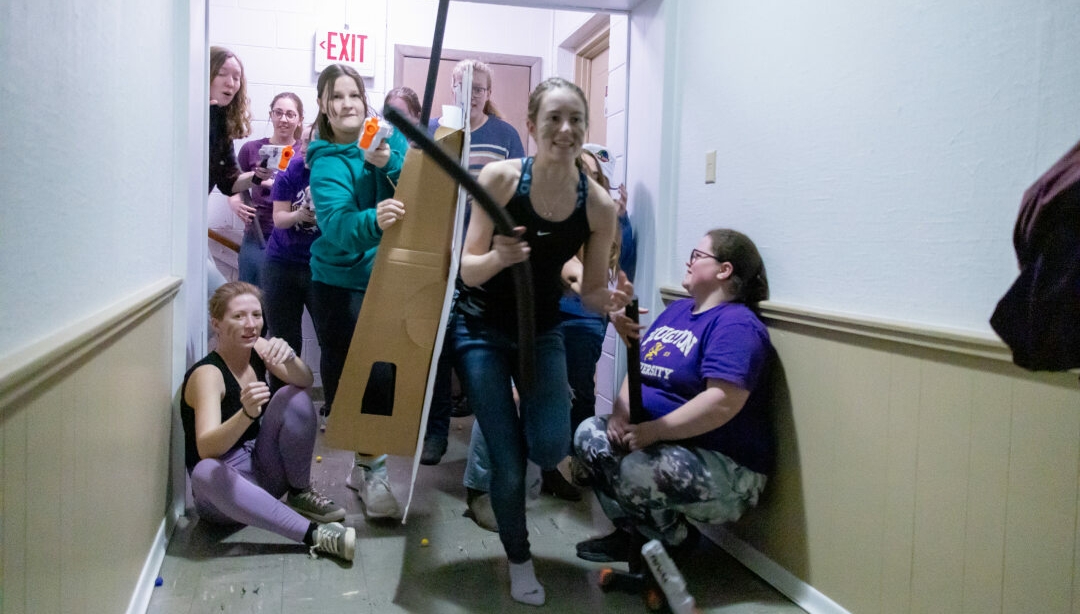
Hall Brawl 2024
By Juliana Schmidt ('25) Another year…another Hall Brawl! The week-long, Olympic-style friendly competition between Gillette, Lambein, Roth and the Townhouses…
